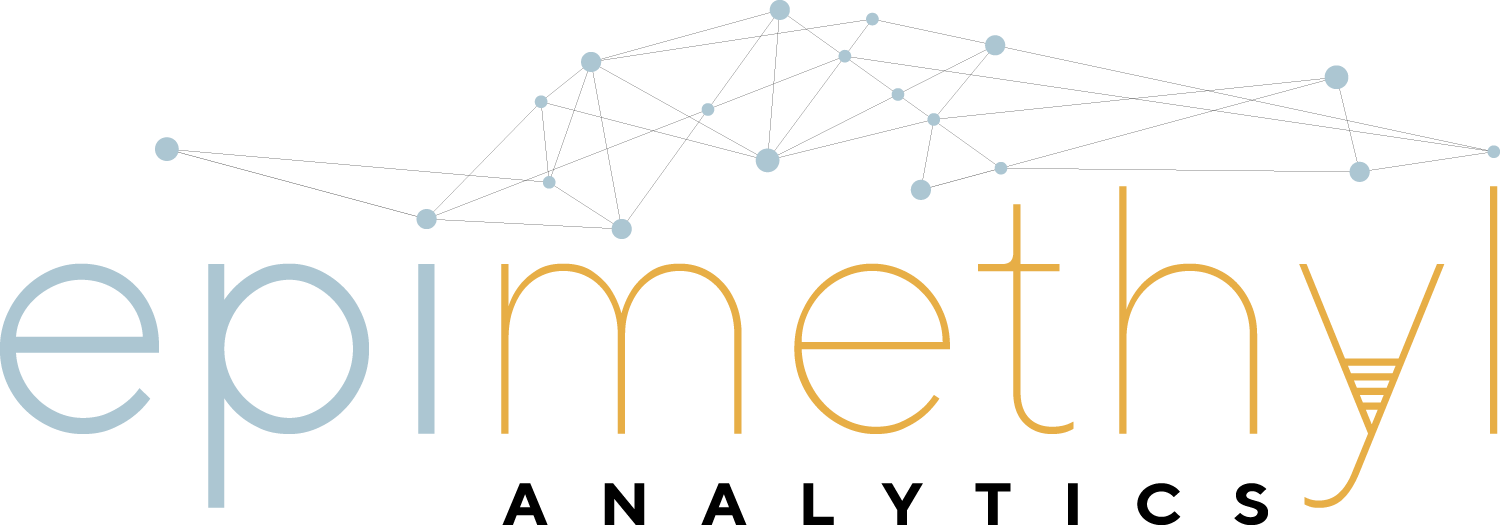Potential Applications for EpiMethyl Analytics
The Epimethyl system weeds through the noise to find the most important information. Here are a few of the applications of this technology for early-stage diagnostics, gene discovery, and new treatment design.
Early Cancer Diagnosis
Approximately 40% of people will develop cancer at some point in their lifetime, but each individual's risk can change based on genetic and environmental factors. Early detection is vital to treatment success.

Autism Spectrum Disorder
There is currently no available diagnostic for ASD before a child shows signs of the neurological disorder at around ages 3-5. We aim to provide this information to parents at birth, deriving information from the placenta and making it possible for early interventions. Because an infant's nervous system is not fully formed at birth, early interventions can significantly impact development.

Pediatric Leukemia
Leukemia is the most common type of cancer in children and young adults. Fortunately, proper early treatment can provide a 90% chance of recovery. We aim to develop an early diagnostic that would offer treatment options before symptoms begin.

Type II Diabetes
One in ten Americans have diabetes, with over 90% diagnosed as Type 2 diabetes. Early diagnosis accompanied by lifestyle changes can be very effective for controlling the effects of this disease. We aim to provide an early diagnostic test with 98% accuracy when applied even before symptoms of the disease occur.

How does EpiMethyl Analytics technology work?
EpiMethyl analytics technology begins with a human methylome sample like blood or placental tissue. It uses three patented processes to determine if there is something abnormal, which body organ or system is affected, and what gene networks are involved for a more specific diagnosis.
Numerical Quantification of Disease State
Estimates magnitude of epigenetic effect
Identifies genomic regions of greatest methylation impact
Methyl-IT Analysis
Identifies treatment-associated differential methylation positions
Identifies epigenetically-responsive genes and associated networks
Genomic Word Frameworks Analysis
Identifies targeted changes within a gene
Provides machine learning-based predictive power
